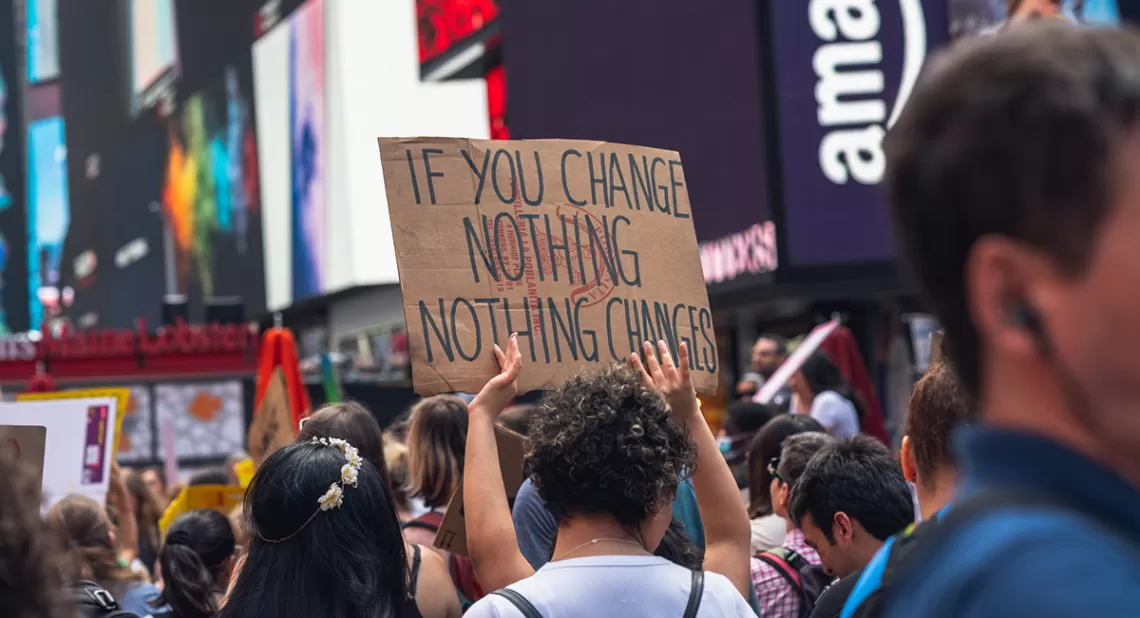
Civil Unrest: Putting Us in Touch with Our Humanity
As behavior analysts, we are specifically trained to find functional alternatives to ongoing issues. We are frequently called on when a child or an adult becomes overly aggressive, either towards themselves or others. All too often, before we arrive, a pattern has already been established: a person (or group) has calmly, subtly asked for help, and they were ignored. Then they became a little more agitated, and this was met with a response from the environment, but the response was insufficient. Ultimately, when the requests went unmet for too long, it resulted in episodes that become dangerous or harmful to themselves and those around them.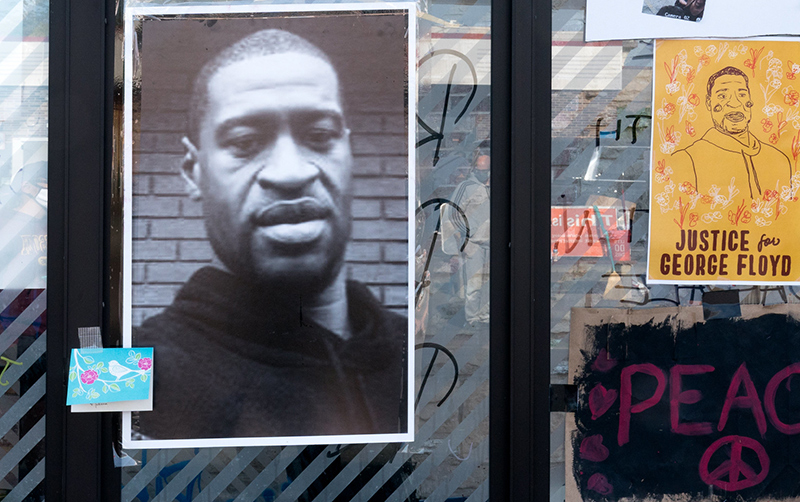 This situation is all too familiar today but on a much larger scale. The latest death at the hands of a police officer and the ensuing protests and riots demand attention. Not just to stop the looting, arson, and back and forth violence between both sides, but to address the aversive conditions that helped shape these events in the first place.
This situation is all too familiar today but on a much larger scale. The latest death at the hands of a police officer and the ensuing protests and riots demand attention. Not just to stop the looting, arson, and back and forth violence between both sides, but to address the aversive conditions that helped shape these events in the first place.
It might start by recognizing racism and systemic oppression and condemning their practice. But that is only the beginning. We also must actively seek to identify the ways in which they present. Not just in racial profiling and police brutality, but the everyday situations where implicit bias plays out. For those who do not experience racism first hand, we are left to attempt to identify discriminatory practice through our interpretive repertoires (Hineline, 1992). Hineline urges us to envision a situation in which an experimenter is color-blind, and the participant can see all the colors. Though they stare at the same items, they are not equally sensitive to the same stimulus properties. The experimenter foolishly denies the reasonable response by the participant. And what if the color-sight was reversed? The experimenter is left insisting on distinctions no one else can identify.
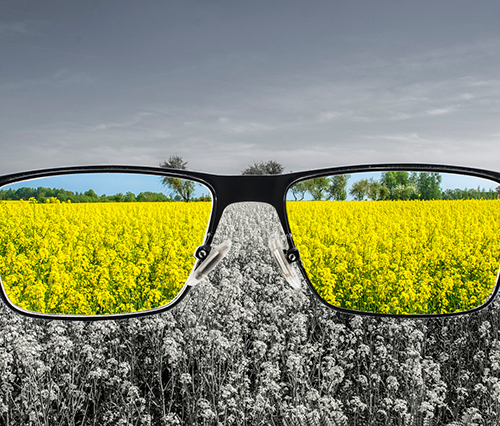
Maria Ruiz (1998) previously extended this metaphor to cultural discriminatory practices and pointed out, “…environmental arrangements might render discriminatory practices “invisible” to some interpreters…” Hineline’s experimenter was color-blind by biology. We have been blind only by our limited experiences. But it doesn’t have to be so. We can and must lift the veil to start identifying the relevant stimulus conditions and eradicating these “invisible contingencies.”
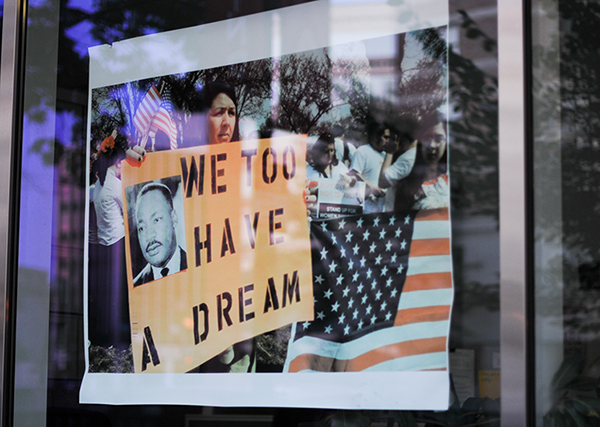 Lifting the veil will not be easy. It will not be quick. It will take prolonged effort on a continual basis. We have to continue the conversation long after the hashtags stop trending. We have to seek out stories so that we might get a glimpse of the experiences. And we have to promote legislation that is backed by empirical research so that we can take the leap from words to actions on a large scale.
Lifting the veil will not be easy. It will not be quick. It will take prolonged effort on a continual basis. We have to continue the conversation long after the hashtags stop trending. We have to seek out stories so that we might get a glimpse of the experiences. And we have to promote legislation that is backed by empirical research so that we can take the leap from words to actions on a large scale.
We can use the strategies that have made our clinical interventions successful and apply them to our world view. Remember, the best results are not achieved by forcing a person to act or express themselves differently. The best results come when we first consider the viewpoints of those around us. The results come when we can see the interactions objectively and not through the arbitrary lens of our own personal experience and expectation. The results come when we take the time to listen to a person’s needs, when we recognize and honor the functional alternative, and when we can work together toward agreed-upon goals. This we can model and share with our neighbors.
The root of the problem is never the aggression itself. The problem is that people are trapped in environments that fail to identify their basic needs; environments that are blind to their own impact on the individual.
Change requires collaboration, not compliance.
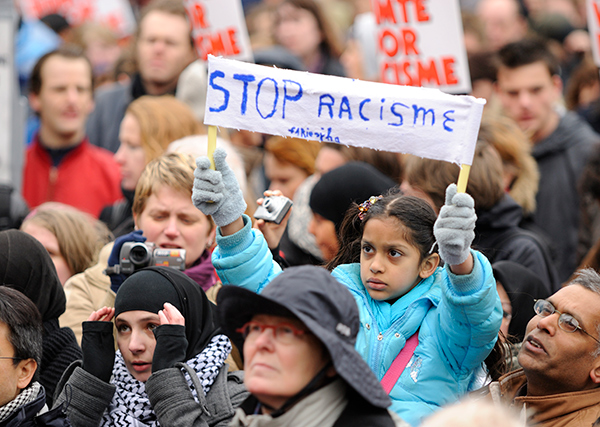



How can Being Human and Demanding to being respected as a human, be a crime?
Clearly, this alone separates the real criminal, speak Evil, from humans.
On a contrary, despite all the signages carried, I see no change being evoked! Hence, what;s to point crying out and/or demanding (thinking about, wishfully) something You can't do?
I find that pathetic.
If the human race want's to prevail as humanity then we definitely need to stop that endless talk and start acting. First but, we'd need to find a way to 'Unite" and I mean; UNITE!
Thank you